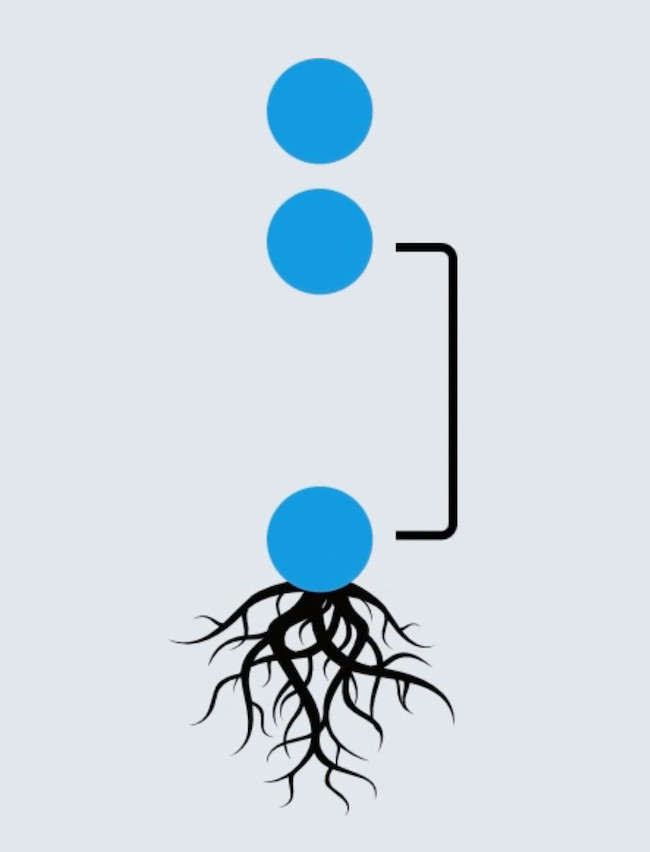Triads are fundamental building blocks in music and on the guitar. Simply put, a triad is a chord composed of three distinct notes. However, it’s not just any combination of three notes that makes a triad. In this section, we’ll delve into the construction of triads, providing you with a solid foundation for understanding guitar chords.
To grasp triad construction, a basic understanding of musical intervals is essential. In essence, an interval is the distance between two musical notes. If you’re not already familiar with this concept, you might find it helpful to first explore guitar intervals before proceeding.
A chord, in its simplest form, is created when multiple notes are played simultaneously. By combining different notes in specific ways, we create various chord types, such as:
- Major chords (e.g., A, C, D)
- Minor chords (e.g., Am, Cm, Dm)
- Dominant chords (e.g., A7, C7, D7)
Each chord type possesses a unique sonic character. This distinctive sound arises from a specific “recipe” of intervals that defines each chord type. This “recipe” isn’t based on note names like B, Ab, or F, but rather on the intervals between the notes.
For instance, the fundamental “recipe” for a major chord is:
- Root note
- Major third
- Perfect fifth
As you can see, this recipe comprises three ingredients – hence the term “triad” (‘tri’ signifying ‘three’). Therefore, this is also the recipe for a major triad specifically!
So, how does this interval “recipe” translate into chord construction?
We begin with the foundational note of the chord, known as the root note. Then, we determine the intervals (the musical distance) between the root note and the other notes in the chord.
 Root Note and Intervals Diagram
Root Note and Intervals Diagram
Alt text: Diagram illustrating root note with major third and perfect fifth intervals, essential for understanding guitar triads.
For example, in a three-note chord, the intervals from the root note might be a major third (equivalent to four frets on the guitar) and a perfect fifth (equivalent to seven frets).
Each interval acts as a musical “ingredient,” and each chord type has its own unique “recipe” of these intervals.
Let’s now translate this understanding to the guitar fretboard. We’ll start by listing our triad “ingredients” (intervals) and their corresponding distances in frets on the guitar:
| Ingredient (Interval) | Guitar Frets (Semitones) |
|---|---|
| Root note | 0 |
| Major third | 4 |
| Perfect fifth | 7 |
Now, let’s analyze a major triad shape on the guitar fretboard:
Consider this example of a major triad:
- Root note: 5th fret on the A string
- Second note: 4th fret on the D string
- Third note: 2nd fret on the G string
Let’s break down how this works in terms of intervals:
- We start with the root note, which is the 5th fret on the A string in this example.
- Next, we “measure” the interval distance between the root note and the second note (4th fret on the D string). This distance is four semitones (equivalent to moving up four frets on the same string), which corresponds to a major third interval (M3).
- Finally, we measure the interval distance between the root note and the third note (2nd fret on the G string). This distance is seven semitones (or guitar frets), which is a perfect fifth interval.
In summary, this chord shape contains all the necessary “ingredients” for a major triad: a root note, a major third, and a perfect fifth!
(If you’re unsure about how to “measure intervals” between notes on the guitar, it’s recommended to review this article on guitar intervals for a more detailed explanation.)
While this might seem like a lot of theory initially, it becomes intuitive with practice. To help solidify your understanding, consider exploring Music Theory from Scratch, a comprehensive music theory course featuring interactive exercises designed to reinforce these concepts:
Want to test your knowledge? You can access free lessons, including a more in-depth explanation of chord construction and interactive exercises like the one shown above.
Get your free triad lessons now!
And of course, if you’re already an All Access Member, you can dive straight into the full course and unlock a deeper understanding of music theory for guitar!

